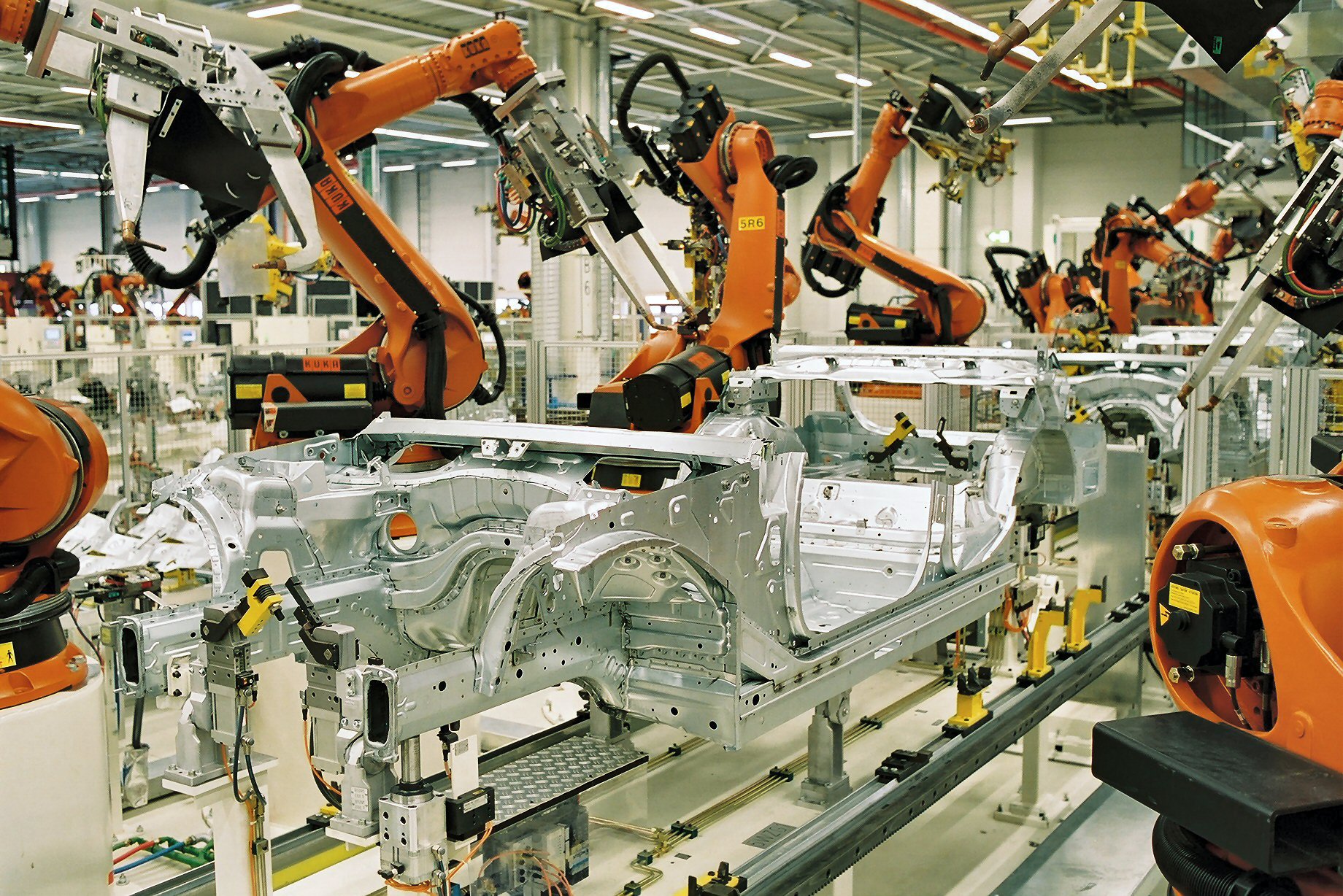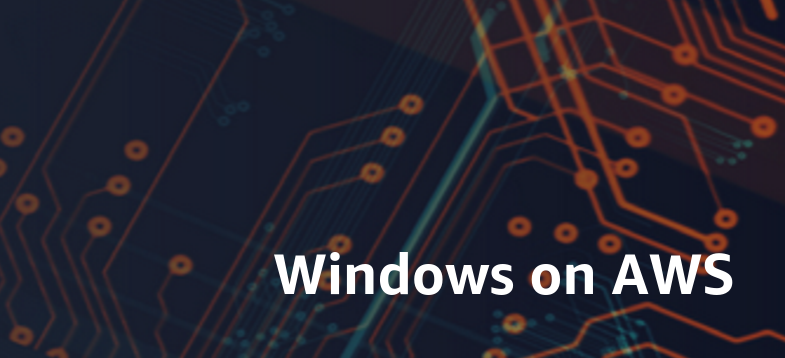Introduction
Enterprise Architecture (EA) is a discipline which enables organization to align their business strategy, process, and technology to achieve common organization business outcomes. The EA practitioners are responsible for providing the recommendations and blueprint to C-suite, business, and IT stakeholders to achieve business goals and provide guidelines to handle any disruptive technologies.
Gartner, a leading industry analyst firm, believes that generative AI will have a significant impact on EA in the future. It predicts that “By 2027 , the productivity value of AI will be recognized as a primary economic indicator of national power“. In this article, we will explore how generative AI is expected to impact EA, and we will discuss the practical scenarios which it can be used in EA daily activities.
Use of Gen AI in Enterprise Architecture (EA) practice
The rapid evolution of Gen AI and its adoption in Enterprise practice is currently in a nascent stage but it has potential to revolutionize and transform EA practice making it more efficient and agile in its operations.
Following section summarizes some of the ways in which generative AI can impact enterprise architecture practices in their daily tasks using Gen AI and improve their overall productivity:
- Enhanced better Employee & Customer experience –
- Provide AI powered real time hyper personalization experience which takes into consideration user needs and interests to adapt itself to provide customized contents, thereby increasing customer satisfaction & loyalty.
- Digital transformation for Legacy systems –
- It can support Application rationalization and modernization efforts by analyzing existing legacy codebase and help in generating templatized software code in the target language. Additionally, it can recommend architecture patterns, best practices & guidelines.
- Provide rich data insights by fine tuning pre-trained models with Enterprise data –
- Enterprises can fine-tune Gen AI pre-trained models with their own Business data along with Industry vertical domain-based data Model to boost the accuracy, performance, and practical usefulness of it within enterprise. These pre-trained model gives option of “buy off the shelf vs build” for the enterprises. This will be EA practitioners to use this data model to generate Domain architecture meta model, generate database schema & associated SQL’s etc. there by increasing their productivity & efficiency.
- Enables in making better informed decisions –
- Predicative Analysis can be used to analyze large amounts of enterprise org data to identify Industry trends, architecture patterns, and risks using this information enterprise architects can make better decisions in defining the future roadmap for the enterprises.
- Task Automations of EA daily routine activities –
- Enables to automate tasks like Generating architecture diagram, recommend design patterns, automated data modeling, generate process models based on existing data inputs. This automation will free up software architects to focus on more enterprise level strategic tasks.
- Ideate new Products/Solution ideas –
- Provide means to generate new ideas, support in defining new business strategies and campaigns based on the narratives given with a quick turnaround.
- Enhanced Collaboration across organization –
- Creating interactive business process models will facilitate easier interactions with various stakeholders in the organization between Business, Manager & IT key stakeholders.
Use of AI assisted tools in Software development lifecycle (SDLC)
AI has potential of transforming the current software development lifecycle with AI assisted tools. These sets of AI tools can be used across all SDLC phases right from requirements, proof of concept (POC), Design & Build to deployment (DevOps toolchain) which can bring in automation & aid in end-to-end execution. Following are some of the AI tooling details which Infosys has experience and leveraged them in various projects.
- Automated User story creation based on business requirements & building of product backlog.
- AI enabled prototype generation using framework tools like Figma, Indigo and Unizard etc.
- Use of Low Code No Code (LCNC) Platforms which provides drag & drop facility with AI enabled components generation, automating UI layout & responsive design.
- AI integrated Development Environment IDEs with frameworks and tools like Tabnine , GitHub Copilot and Deep Code that support hybrid development models.
- AI Assisted development, Boiler plate code, pair programming framework tools like GitHub Copilot, Code Whisper and PaLM2 etc.
- AI assisted code quality tools which perform dynamic and static code analysis scan for security vulnerabilities.
- AI Enabled DevOps and Hosting Platform solutions like MS AIOps, Application monitoring tools like Dynatrace, Quantum Metrics & AppDynamics provides AI enabled intelligent application monitoring & AI assisted analytics.
- AI Powered Testing Lifecycle’s provides Automated test case generation, execution & result analysis based on past / current test execution’s etc.
End Note
Gen AI has a huge potential to revolutionize Enterprise Architecture practice and holds a great promise to shape the Next generation future enterprise architecture. As with any new emerging disruptive technology there are also some challenges associated with using generative AI, such as bias, privacy, hallucinations, and data security aspects. Thus, Enterprise should carefully plan and safeguards against the potential pitfalls to gain true advantages from it.








